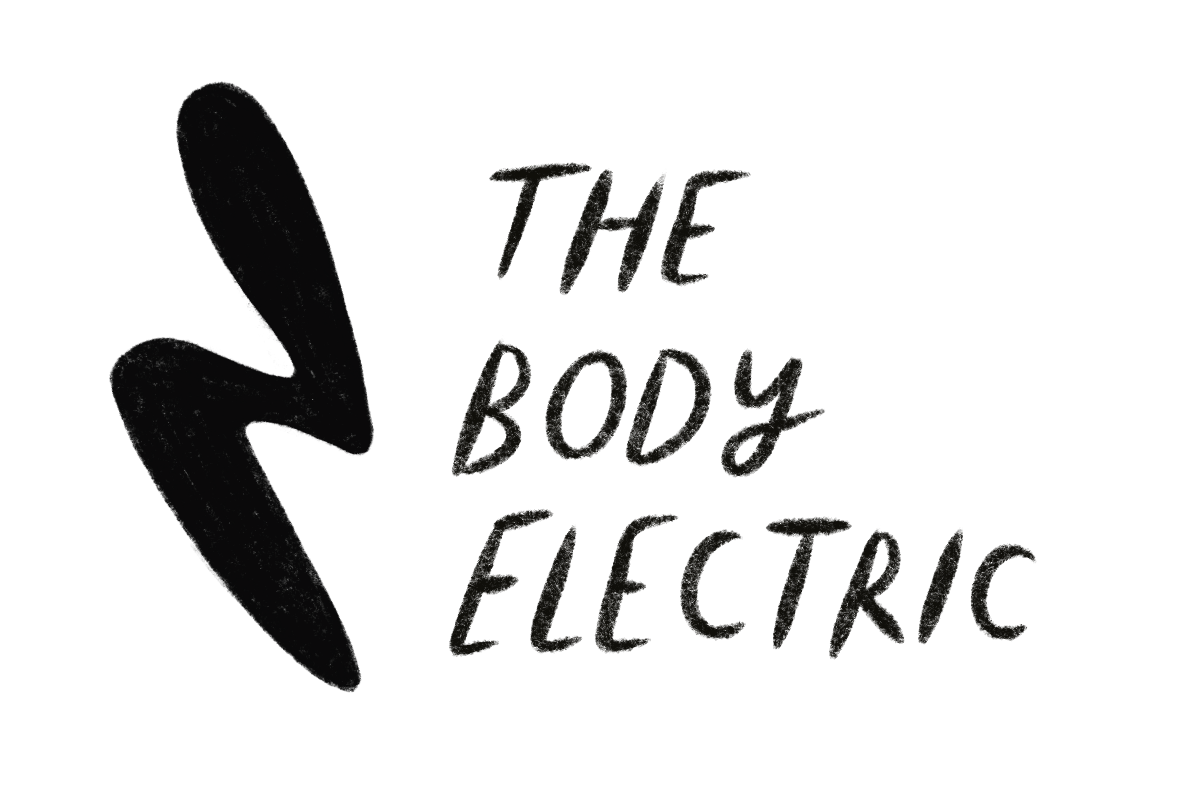

Self-Myofascial Release is a technique of self massage using a variety of therapy balls.
These simple yet transformative techniques can improve mobility, reduce pain, downregulate (calm) the nervous system and enhance performance.
How Self-Myofascial Release Works
First, what is fascia?
Fascia is your body’s connective tissue that envelops and connects every part of your body. Picture a web that connects every cell, muscle, bone, organ and nerve.
Over time, fascia can become tight or restricted, leading to discomfort and reduced mobility.
Massage balls help increase the range of motion in joints and restore ease of movement by improving the 'slide and glide' between fascial layers. The therapy balls interact with multiple layers of tissue—from the skin to the deep fascia—applying gentle pressure to warm, lengthen, and relax targeted areas.


A key aspect of Myofascial Release is reducing areas of tension and stiffness that may develop from injury, overuse, or long periods of inactivity (think sitting all day, most days... for years). These problem areas can limit range of motion and often contribute to chronic pain.
Self-Myofascial Release has significant effects on the nervous system. Research shows that applying slow, sustained pressure to the fascia can stimulate sensory receptors that downregulate the sympathetic “fight or flight” response and activate the parasympathetic “rest and digest” system (Schleip, 2003; Okamoto et al., 2014). This shift supports relaxation, stress reduction, and nervous system balance (Behm et al., 2020). SMFR also modulates pain perception by influencing both local tissues and the brain’s response to pain signals (Aboodarda et al., 2015).
Improved proprioception—the body’s ability to sense its position, movement, and spatial orientation—is linked to better balance, coordination, and injury prevention.
Research shows that enhanced proprioception can help stabilize joints, reduce the risk of falls, and improve motor control, especially during rehabilitation or after periods of inactivity. Using therapy balls for self-myofascial release stimulates sensory receptors in the skin, fascia, and muscles, which increases proprioceptive input to the brain.
This heightened body awareness can lead to more efficient movement patterns, improved posture, and a deeper connection between mind and body.
Caring for your fascia is a way to take your well-being into your own hands—to map and understand your body from the inside out, and to have a simple, effective tool you can use anytime you need it.

Experience the benefits of self-myofascial release with expert guidance
While rolling on a ball may seem simple, understanding how and where to apply pressure (and what kind of pressure) can make all the difference.
With Keely’s deep knowledge of anatomy, movement, and breath, you’ll learn techniques tailored to your body’s unique needs—ensuring a safe, effective, and deeply restorative practice.
Purchase a set of Myofascial Release balls here

Certified Roll Out Method Practitioner

Aboodarda, S. J., et al. (2015). Foam rolling modulates pain sensitivity and pain-related neural responses. Journal of Athletic Training.
Okamoto, T., et al. (2014). Acute effect of self-myofascial release on arterial function. Journal of Strength and Conditioning Research.
Behm, D. G., et al. (2020). The science behind foam rolling. Scandinavian Journal of Medicine & Science in Sports.
Cheatham, S. W., et al. (2015). The effects of self-myofascial release on flexibility, recovery, and performance. International Journal of Sports Physical Therapy.

